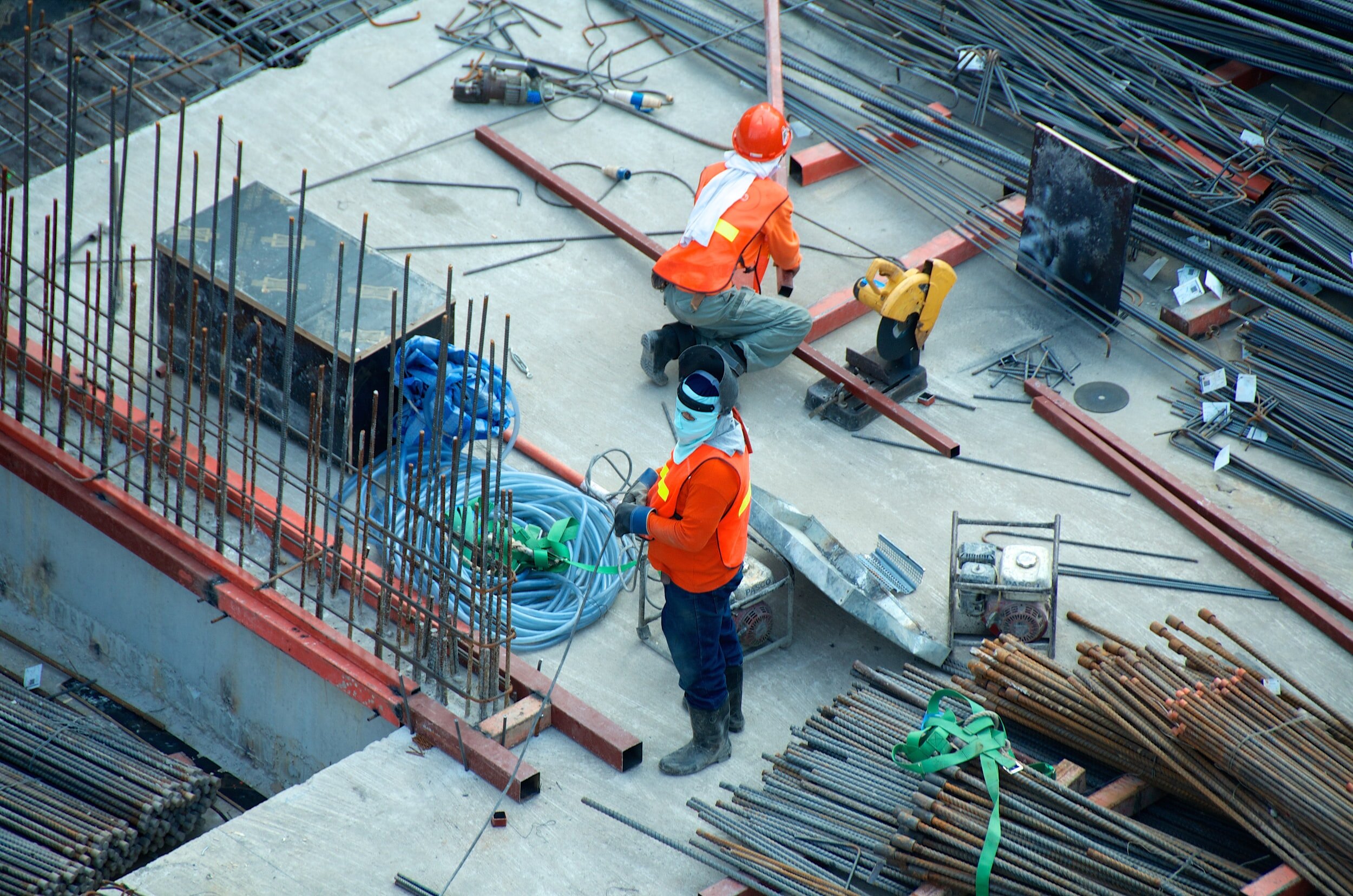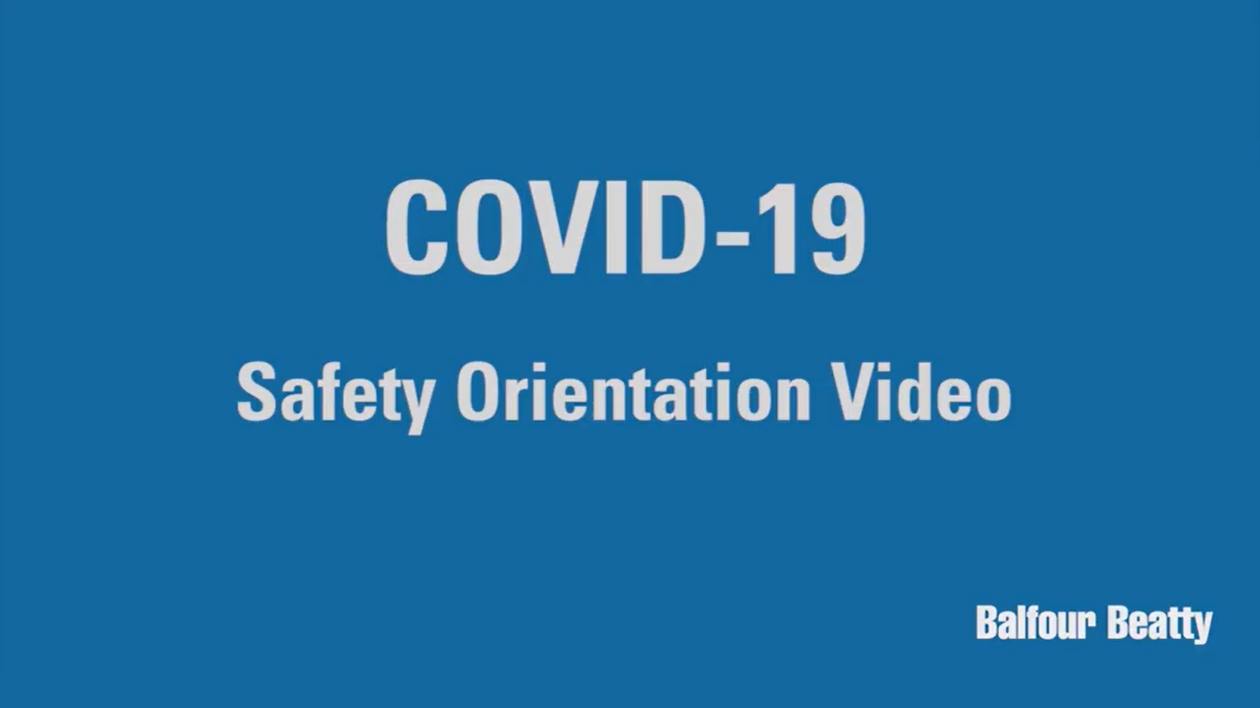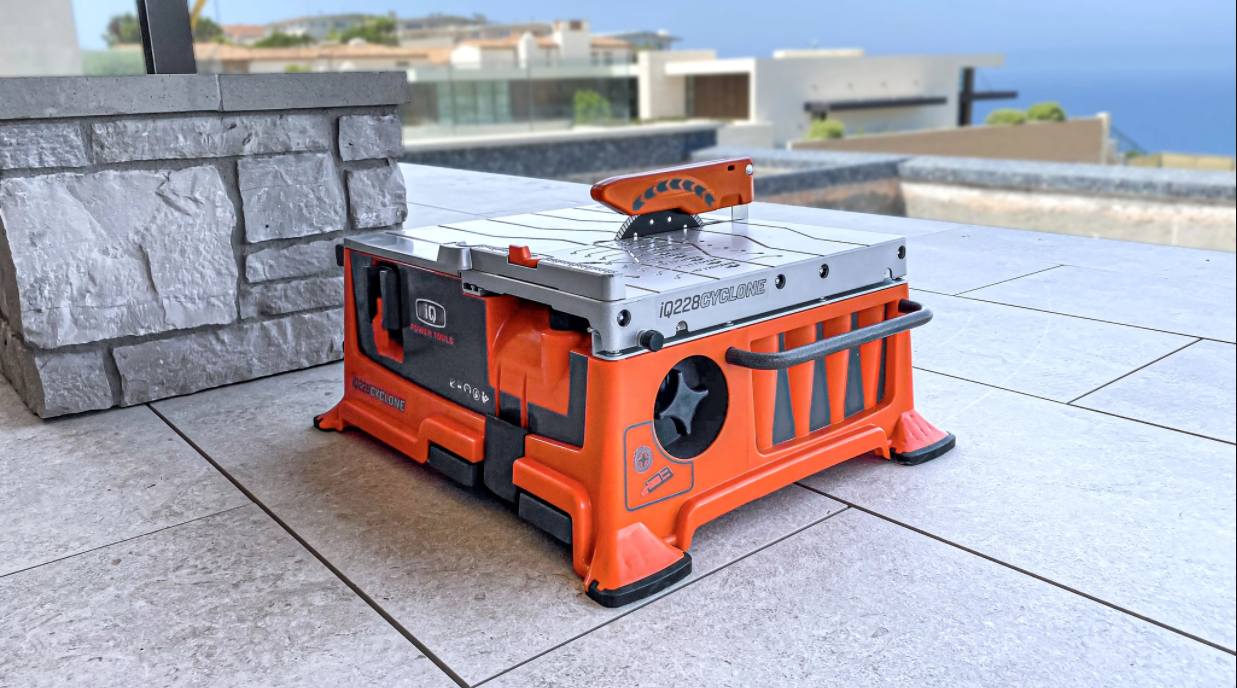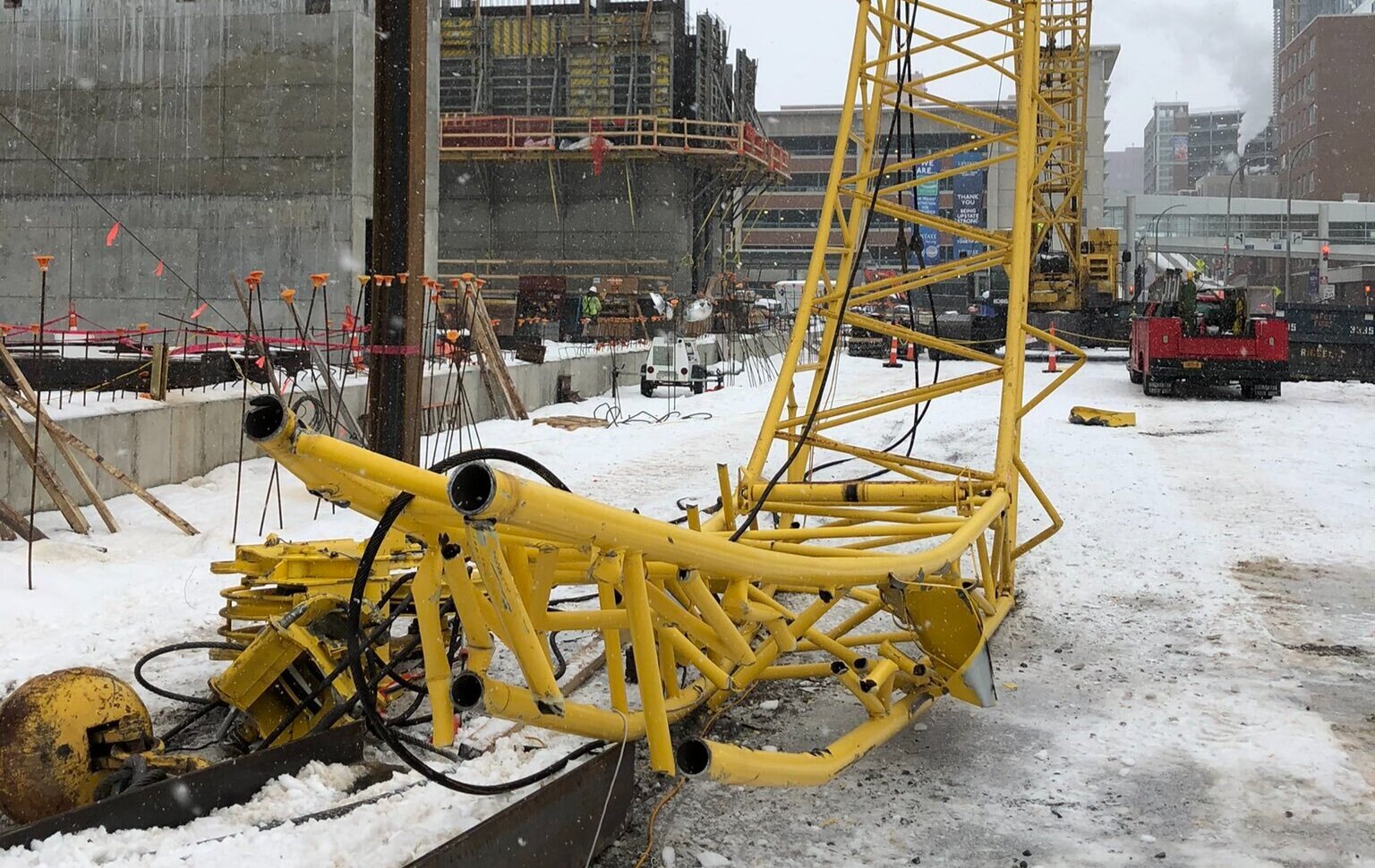The following is a guest post written by Laurence Banville, Esq.
Laurence Banville. Esq is the managing partner and face of Banville Law. Laurence is licensed to practice law in the state of New York. Originally from Ireland, Banville moved to the United States of America where he worked at law firms, refining his litigation and brief writing crafts. He is also the recipient of the Irish Legal 100 and the Top 40 Under 40 awards.
June is National Safety Month, and this week, the focus is on falls. As anyone who works in construction knows, this industry has some of the highest workplace accident and injury rates in the United States. The Occupational Health and Safety Administration (OSHA) ranks falls as one of their Fatal Four most deadly type of construction accidents. Instituting proper fall protection and prevention measures should be a priority at all construction sites, but unfortunately, not all contractors and construction managers have done all that they can to safeguard their employees from these potentially fatal accidents.
So what measures can be taken to reduce the risk of falls as much as possible?
OSHA Fall Protection Guidelines
OSHA has issued several fall protection guidelines for protecting workers from falls, with different variations for different industries. In the construction industry, fall protection must be provided for all elevations of six feet and over. OSHA also requires fall protection while working above dangerous equipment or machinery, regardless of elevation.
Specific fall protection requirements which should be followed at all construction sites include:
- Provide guards (railings, toe-boards, or floor hole covers) for every floor hole that a worker could accidentally fall through.
- Provide guardrails and toe-boards around every elevated open-sided platform, floor, or runway.
- Guardrails and toe-boards must be provided for any part of the site where workers can fall into or onto dangerous machines and equipment, regardless of elevation.
- Safety harnesses and lines, safety nets, stair railings, and handrails should be provided for certain jobs.
Additionally, OSHA requires employers to follow these rules:
- Make sure the construction site’s working conditions are free of known hazards.
- Keep floors clean and as dry as possible.
- Provide necessary protective equipment at no cost to workers.
- Effectively train workers in preventing job hazards.
How Common Are Fall Protection Violations?
With the dangers of improper fall protection well known, you would think that employers would be doing all that they can to make sure the proper protective measures are in place. Unfortunately, the numbers tell a much different story.
Fall protection topped the list of OSHA’s top ten most common safety violations in 2017 - for the seventh straight year. In total, “Fall Protection - General Requirements” accounted for 6,072 violations. “Fall Protection - Training Requirements” was ninth on the list with 1,523 violations, while scaffolding violations ranked third at 3,288 violations.
Far too often, these violations cause preventable accidents which result in severe or fatal injuries. No construction worker should have his livelihood taken away and no family deserves to mourn the death of a loved one because an employer decided to cut corners on fall protection.
What Should I Do If I Was Injured Because Of A Fall Protection Violation?
We all know how dangerous working in construction can be, but it doesn’t need to be nearly as dangerous as it is today. If all construction employers took fall protection and other safety measures seriously, we could drastically reduce the number of workers killed and injured on the job. But unfortunately, there will likely always be construction employers who cut corners to line their own pockets at the expense of employee safety.
If you or someone you love was injured in an accident caused by a lack of fall protection, it’s important to be aware of your legal rights. Employers who commit these violations can be held liable, both by government agencies like OSHA and by the individuals who have suffered because of the violation. Consider speaking with a construction injury lawyer about your situation to gain a better understanding of your legal options.











Last summer, Hilti announced that they had developed their first exoskeleton designed for construction tradespeople in a partnership with Ottobuck, a prosthetics, orthotics, and exoskeleton provider. Earlier this month, Hilti officially released the exoskeleton, announced more details, and published its retail price on their website.